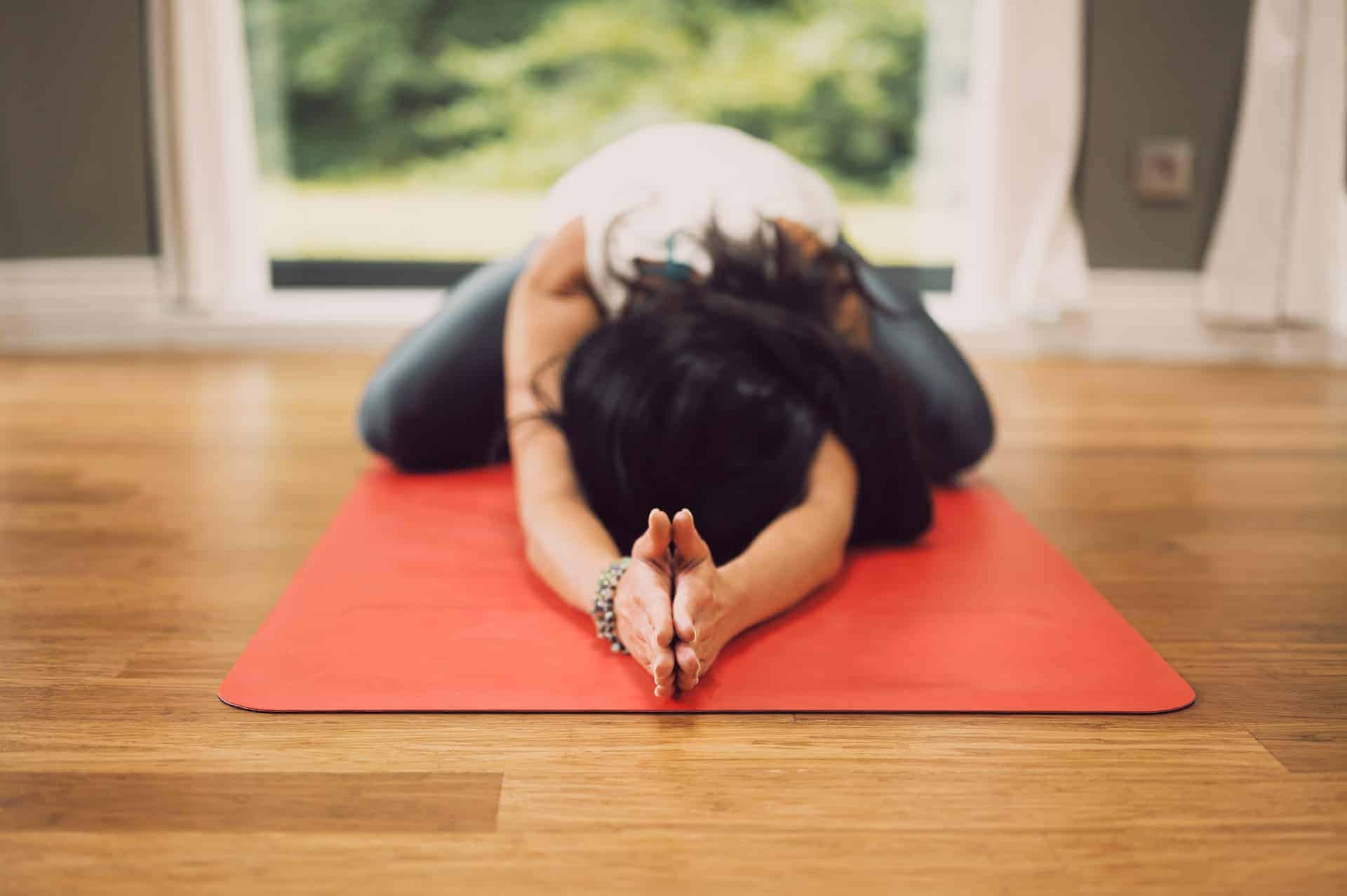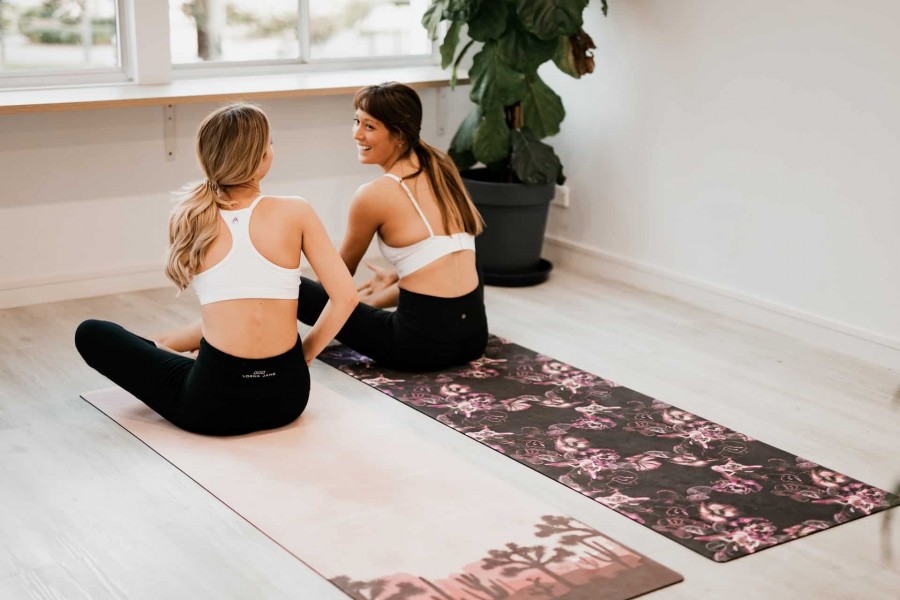
"For your safety and comfort while doing various poses."
1. Type of Exercise
2. Material

Photo by LUNA ACTIVE FITNESS on Unsplash
3. Thickness


© SR Digital - Alinear Indonesia. All rights reserved.
Home | About Us | Smart Publication: ID | EN | JP | Business & Partnerships | Contact us | Sitemap